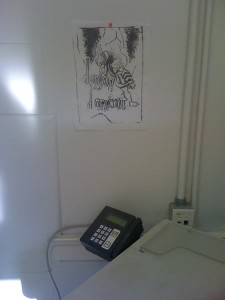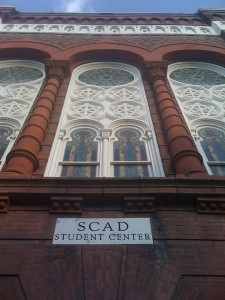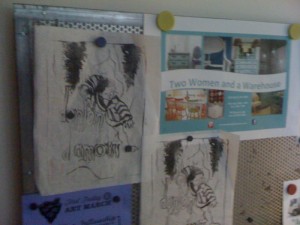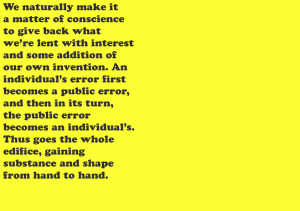In Rabelais’s Gargantua (1534) the characters discuss ‘Why monks are the outcasts of the world; and wherefore some have bigger noses than others’. On the latter issue, Friar John argues that his own large nose is the result of his wet nurse having had large, soft breasts, enabling the growth of said organ, whereas a wet nurse with smaller and harder breasts would have impeded its expansion (this, incidentally, seems to have been an entirely respectable medical view of the time, since the royal surgeon Ambroise Paré cites it in all apparent seriousness in his complete works).
Friar John concludes ‘ad formam nasi cognoscitur ad te levavi‘ (‘from the shape of the nose one can see that of “to you I rose up”‘). The last three words come from Psalm 123 (or 122 depending on your Bible): ‘canticum graduum ad te levavi oculos meos qui habitas in caelis’ (‘To thee have I lifted up my eyes, who dwellest in heaven’). It might seem surprising for even a fictional friar to use Scripture to joke about the age-old association between the size of the nose and that of the penis. Such humour was however apparently widespread in monastic communities and especially among Franciscan friars who would also preach in the market place and thereby need some ready wit at their disposal to engage their audience.
Friar John’s theory has had quite a considerable afterlife, and doubtless the most recent adaptation is to be found in Dominic Hills’s illustration (best viewed in Chrome, Firefox or Safari, since Internet Explorer struggles to convey the enormous nose in all its animated excess):
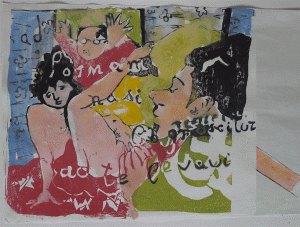
Perhaps the fullest discussion of the saying is in the learned doctor Laurent Joubert’s Erreurs populaires au fait de la medecine (Popular Errors Concerning Medicine) (1578):
‘Et quoy qu’on dise Ad formam nasi cognoscitur ad te levavi, d’autant que la proportion des membres n’est observée en tous, plusieurs ont une belle trompe de nez qui sont camus du reste et plusieurs camus du nez sont bien apointés du membre principal.’
[‘And although one says Ad formam nasi cognoscitur ad te levavi, yet the proportion of parts of the body is not seen in everyone, several have a fine elephantine nose who are snubbed elsewhere and several snub-nosed men are well appointed as far as their principal member is concerned’]
Rabelais’s joke also found its way into two of Bruscambille’s speeches (see previous posts). In one devoted to recounting the genealogy of his underpants, he comments that he does not want women to judge his essence by his codpiece but rather to say of him ‘Ad formam nasi cognoscitur ad te levavi‘ (presumably the comedian was graced with a large nose) and, in a speech in praise of large noses, he cites the same saying as proof that the nose is ‘the true mould of the codpiece’ (‘le vray moule de la braguette’).

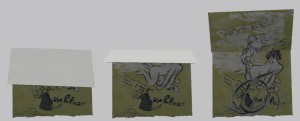

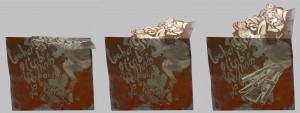
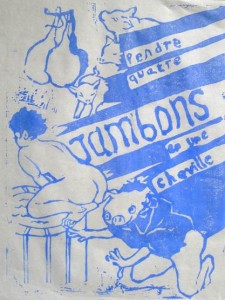
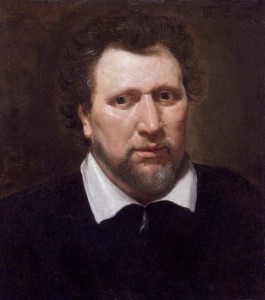


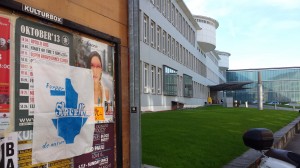
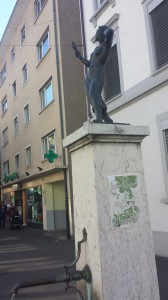
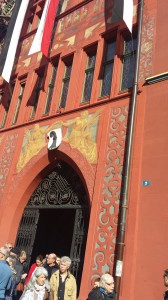

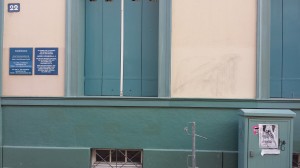



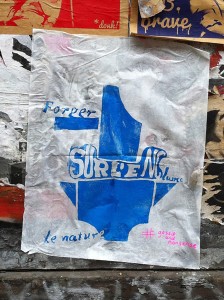
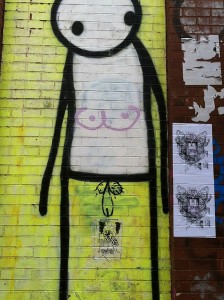 ):
):

